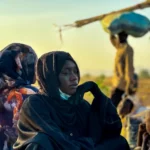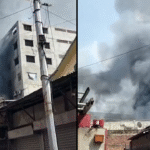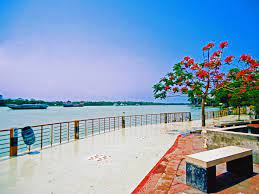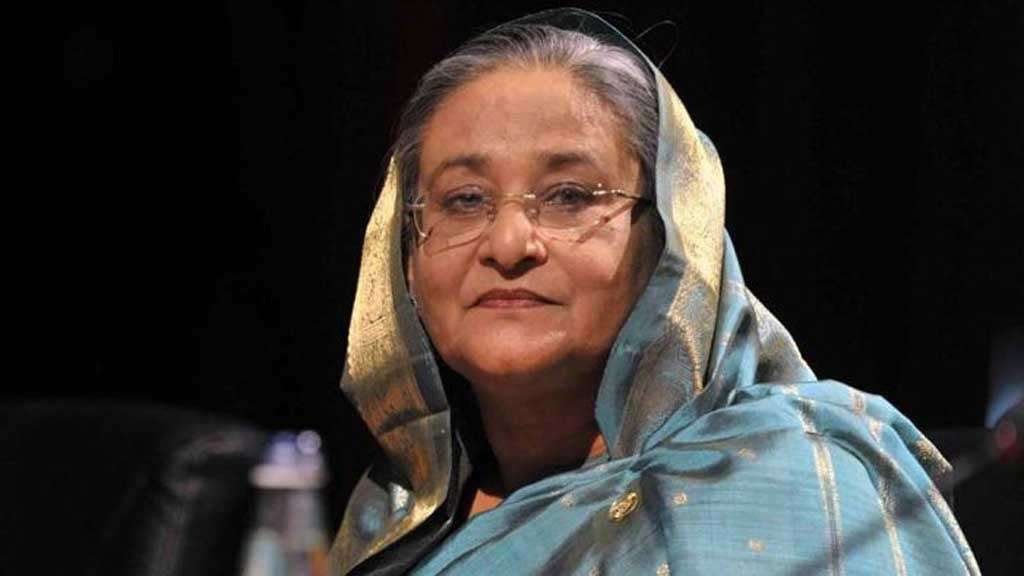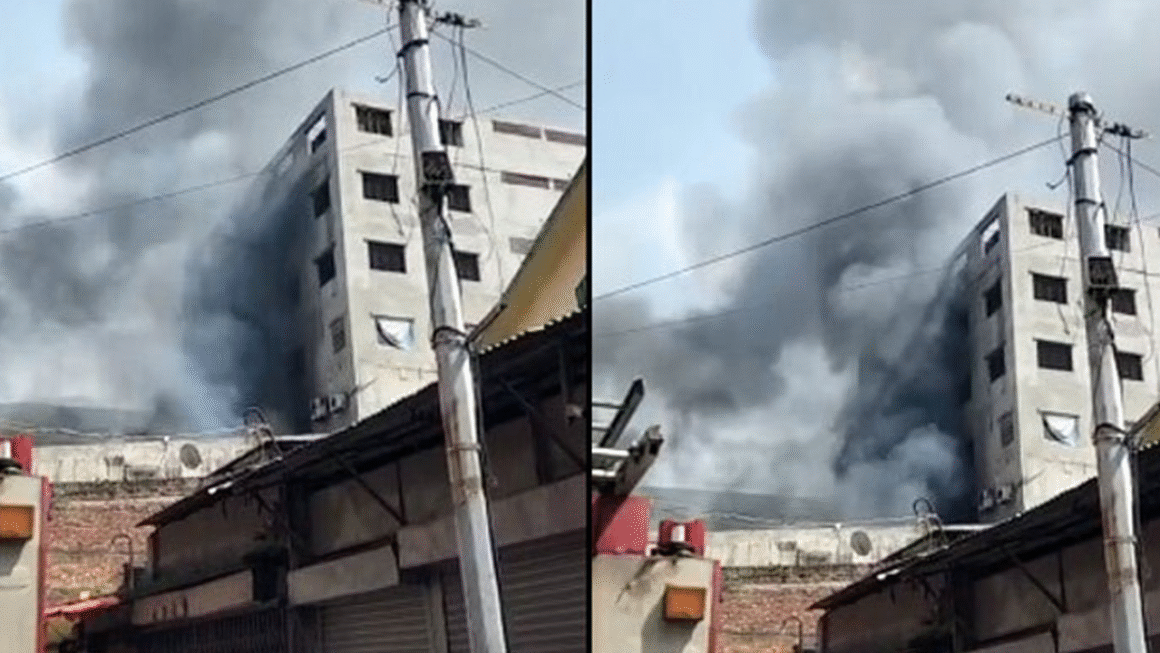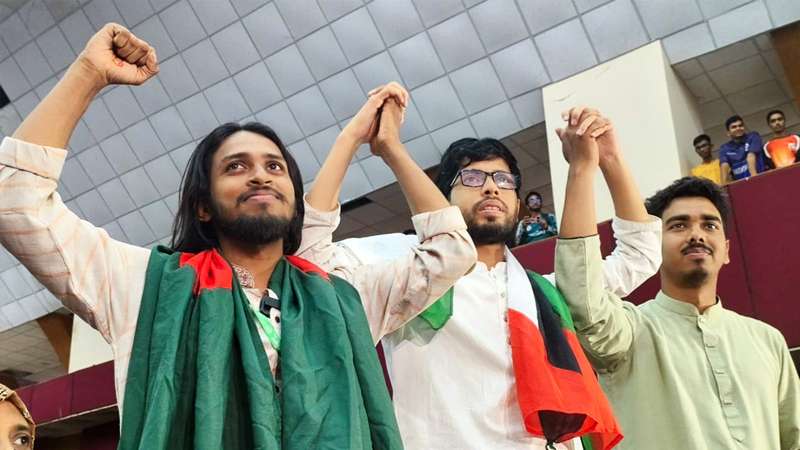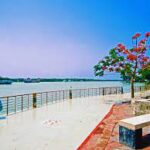 Jhalokati District-
Jhalokati District-
Jhalokati District is a scenic and culturally significant region located in the Barisal Division of southern Bangladesh. Known for its lush greenery, riverine beauty, and rich history, Jhalokati stands out as one of the most tranquil and naturally blessed districts in the country. The district plays an important role in administration, local economy, and heritage.
Geographic Location-
Jhalokati lies between 22.42° N latitude and 90.22° E longitude. It is bordered by Barisal District to the northwest, Barguna District to the east, Pirojpur District to the south, and Gopalganj and Madaripur Districts to the west.
- Area: Approximately 706.15 square kilometers
- Major Rivers: Sugandha, Bishkhali, and Dhanshiri
History-
The history of Jhalokati dates back centuries, as it was once a sub-region under the larger Barisal District. Due to administrative reformation and the need for focused development, it was established as a separate district in 1984. The name “Jhalokati” is believed to have originated from the phrase “Jhal Kuthi,” referring to a local outpost or warehouse related to the timber trade.
Administrative Divisions-
Jhalokati District consists of four Upazilas (sub-districts):
- Jhalokati Sadar
- Nalchity
- Rajapur
- Kathalia
These upazilas are further divided into 32 unions and 2 municipalities, covering a network of rural and semi-urban communities.
Population and Religion-
Jhalokati District is home to more than 700,000 residents. The population is predominantly Muslim, with a considerable Hindu minority and a small number of people from other faiths.
- Religious Breakdown:
- Muslim: 87%
- Hindu: 12%
- Others: 1%
- Literacy Rate: Around 62%
- Primary Language: Bengali (Bangla)
Economy-
The economy of Jhalokati is largely agriculture-based. However, it also benefits from riverine transportation, craftsmanship, and small-scale industries. The district is known for its wood-based furniture and river-dependent livelihoods.
Major Economic Sectors:
- Agriculture: Rice, jute, vegetables, potatoes
- Transport: River cargo and passenger services
- Handicrafts: Wooden furniture and household goods
- Trade: Active in Nalchity and Sadar regions
- Remittance: Contributions from expatriate workers
Education-
Jhalokati has made significant progress in the field of education with a range of schools, colleges, and vocational institutions.
Notable Educational Institutions:
- Jhalokati Government College
- Nalchity Government College
- Rajapur Degree College
- Jhalokati Polytechnic Institute
The district also has numerous religious and private institutions providing modern and traditional education.
Healthcare-
Jhalokati offers basic healthcare facilities through Upazila Health Complexes in each sub-district and the central Jhalokati Sadar Hospital. While services have improved, there is still a need for modernization and expansion.
Transportation and Communication-
Jhalokati is well connected to the rest of the country via both road and river routes. Its proximity to Barisal makes it easily accessible.
- Roads: Jhalokati-Barisal Highway
- Rivers: Regular boat services from Nalchity and Rajapur
- Bridges: Multiple bridges improve connectivity within the district
Culture and Tradition-
Jhalokati is rich in folk traditions and cultural expressions. The lifestyle here reflects rural harmony and deep-rooted customs.
- Folk Culture: Baul songs, Bhatiyali music
- Festivals: Eid, Durga Puja, Pahela Baishakh
- Cuisine: Coconut-based sweets, hilsa preparations, local pithas
- Traditional Dress: Men often wear lungi-panjabi; women wear sarees
Tourism in Jhalokati-
The district is blessed with natural beauty and heritage landmarks that make it an emerging tourist destination.
Key Tourist Attractions:
- Dhanshiri River: Inspired Rabindranath Tagore’s poem “Amar Shonar Bangla”
- Sugandha River: Ideal for scenic boat rides
- Gabkhan-Chandkathi Canal: A famous navigable water route
- Sreeramkathi Zamindar House: Historic architecture
- Sheikh Russell Children’s Park: A family-friendly recreational spot
Environment and Climate-
Jhalokati has a humid subtropical climate, with heavy monsoon rainfall. Environmental challenges include:
- River erosion
- Seasonal flooding
- Waterlogging
- Salinity in some areas
Despite these, the region remains lush and fertile for agriculture and natural growth.
Future Prospects-
With improved planning and investment, Jhalokati holds strong potential for socio-economic development.
- Tourism: Eco-tourism and river tourism development
- Industry: Expansion of woodcraft and small industries
- Education & Health: Digital education and telemedicine initiatives
- Transport: More bridges and modern boat terminals
Conclusion-
Jhalokati District is a picturesque, culturally rich region in southern Bangladesh. With its rivers, heritage, agriculture, and simplicity, it stands as a model district that blends tradition with potential. Whether it’s the serenity of the Dhanshiri River or the aroma of local cuisine, Jhalokati offers an authentic taste of rural Bengal. With proper development, it can become a significant contributor to tourism and regional prosperity.
Frequently Asked Questions (FAQs)-
Q1: Where is Jhalokati District located?
A: Jhalokati District is located in the Barisal Division in southern Bangladesh.
Q2: How many upazilas are there in Jhalokati?
A: There are four upazilas — Jhalokati Sadar, Nalchity, Rajapur, and Kathalia.
Q3: What is Jhalokati famous for?
A: Jhalokati is famous for its rivers, wooden handicrafts, and the Dhanshiri River mentioned by Rabindranath Tagore.
Q4: What are the main tourist spots in Jhalokati?
A: Major tourist spots include the Dhanshiri River, Sugandha River, Gabkhan Canal, and the Sreeramkathi Zamindar House.
Q5: What is the primary economic activity in Jhalokati?
A: Agriculture is the main economic activity, along with river transport and handicrafts.
Q6: What are the major rivers in Jhalokati?
A: The major rivers are Sugandha, Bishkhali, and Dhanshiri.
Q7: Is Jhalokati a good place for tourism?
A: Yes, it is a peaceful and scenic district with natural rivers, historical sites, and cultural richness.



